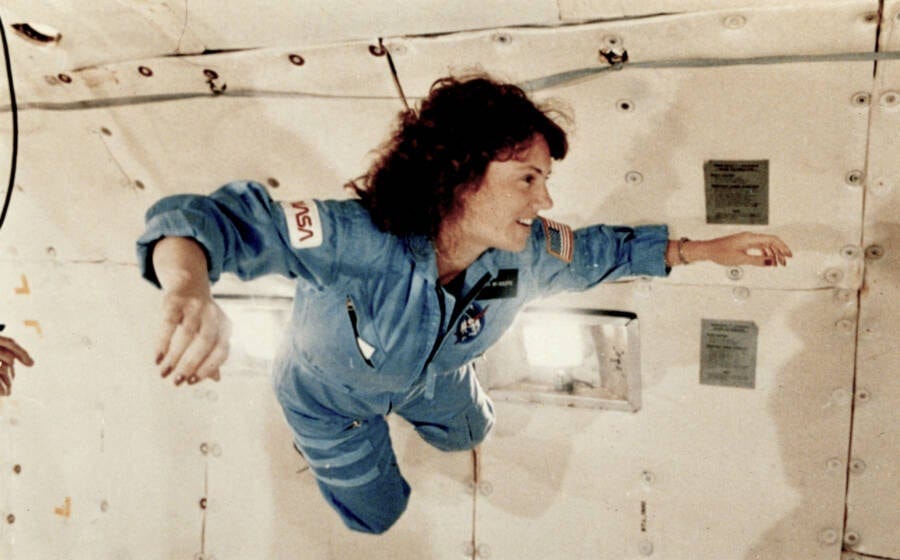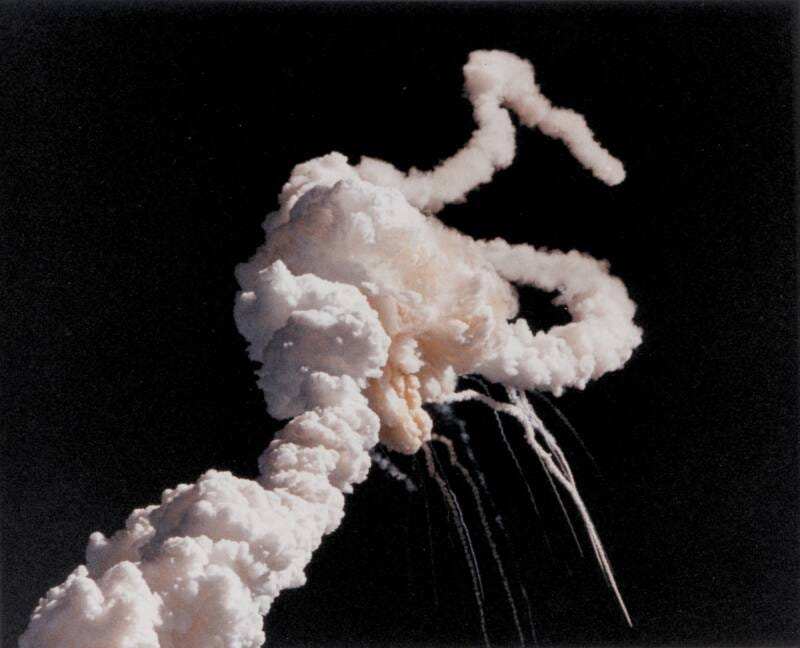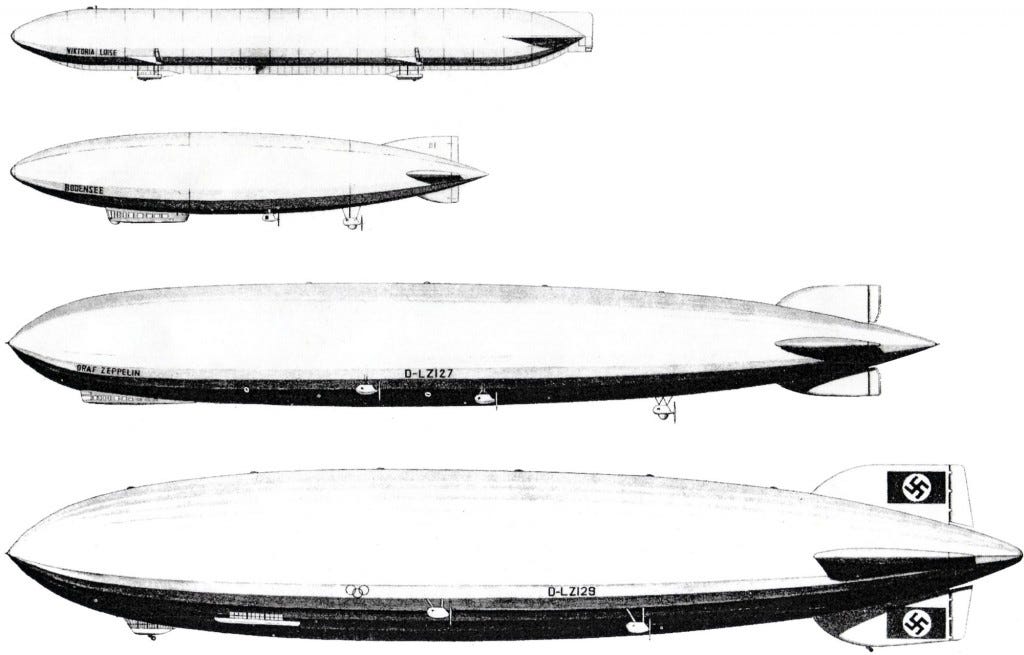The Starship Test Was Not A Failure
Just a little pothole on the road to Mars
It’s not as hard to watch big rockets explode without a crew. In fact, it can be fun.
I'll never get the images out of my mind — when America politicized the inherently dangerous Space Program in 1988 and blew up our highest-ranked teacher, Crystal McCullough, in front of the entire world. In many ways, that marked the beginning of NASA’s long slide to mediocrity.
You may have been surprised when the SpaceX control room erupted in cheers when the flight failed, spun and exploded. We never saw NASA cheer when their taxpayer-funded rockets blew up! For NASA, there was only an extended, grim silence.
But Elon Musk's style is much different. He puts sensors everywhere, expects a failure, logs the data, fixes the problem, makes a fast turnaround to another launch and tries again. He keeps doing this it until it works. And man, does it work!
This Starship flight was scheduled for a destructive reentry over the Pacific near Hawaii, anyway, so the actual benefit of the mission was learning that there was a design problem in booster separation.
It was fascinating watching the Starship spin intact when the first stage did not separate. That was the longest and heaviest rocket ever launched. I wondered, for a moment, if it was the longest aircraft ever to explode or fail in the air. Nope, not by a long shot.
That honor goes to the Hindenburg, slightly over twice as long as the Starship, followed by many of the WWI German war zeppelins. The Starship was the biggest and heaviest rocket to explode, though, so that was a superlative bit of history.
If we go back to 1908, the bizarre crash of the C.A. Morell’s ridiculous airship in San Francisco invites comparison. Fifty-six feet longer than the Starship, Morell’s lighter-than-air atrocity demonstrated in every way how not to test an aircraft.
Click the image to read the entire story on USHGA.AERO.
And don’t miss Bob Zimmerman’s continuing history of capitalism in space on Substack.





